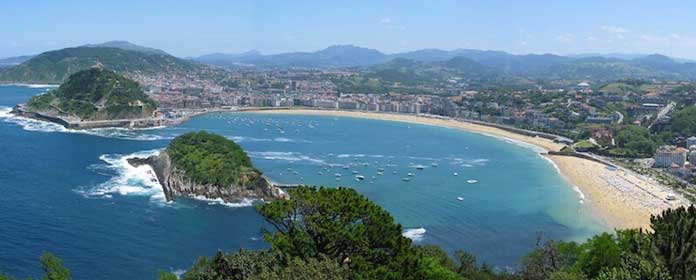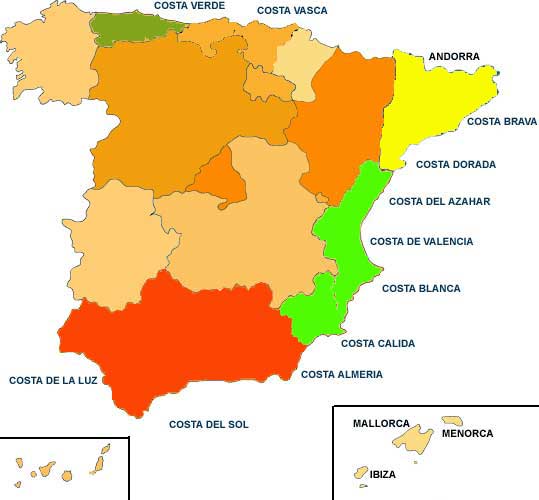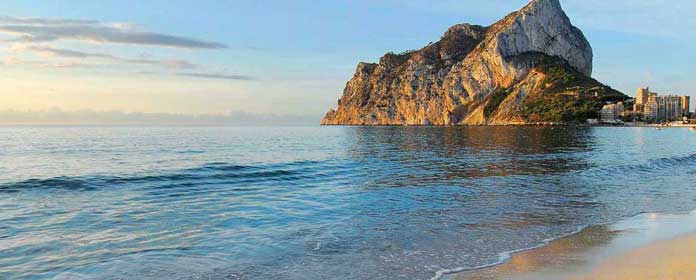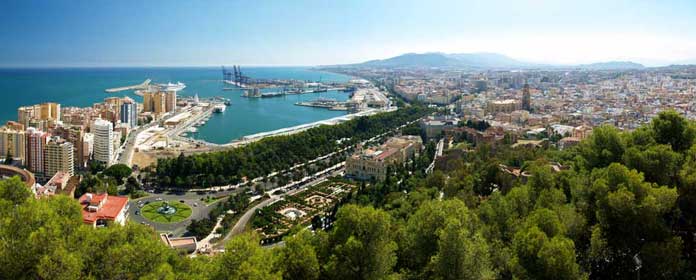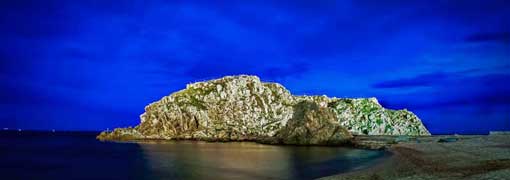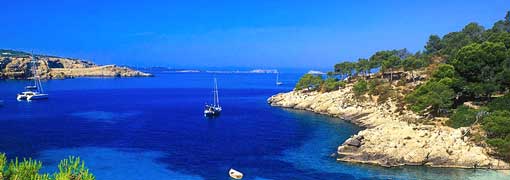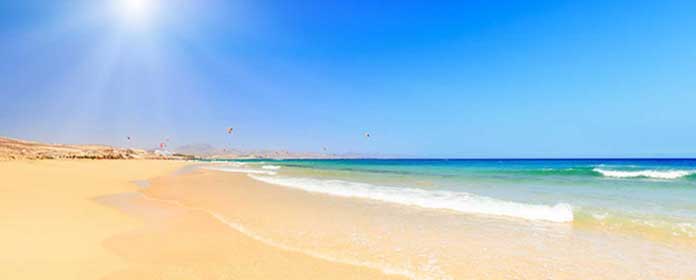Welcome to the Spanish Costas and islands website. We are a leading resource that provides useful travel tips and guides all about Spain. Spanish Costas now mainly focuses on the weather along the coastal areas. You can check our sister site Costas Online for travel guides about Spain.
The Spanish coastline contains many diverse Costas. Each coastal area has their own incredible things to experience and enjoy. The Costa del Sol for example is the best known for tapas whilst the Costa Blanca is famous for it’s white beaches and super resorts.

